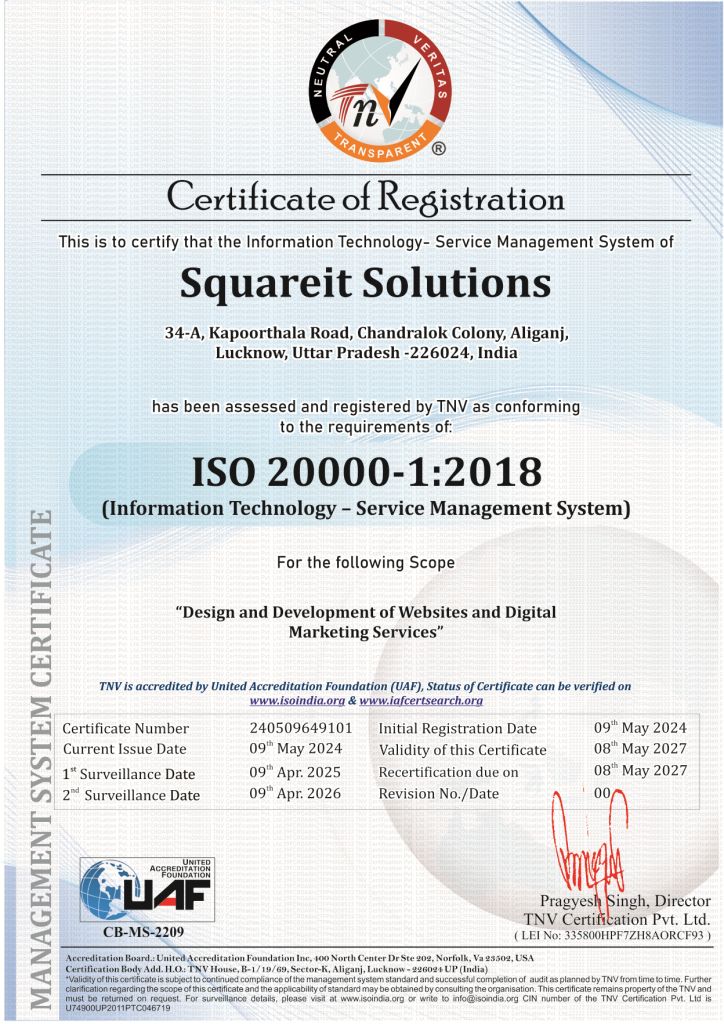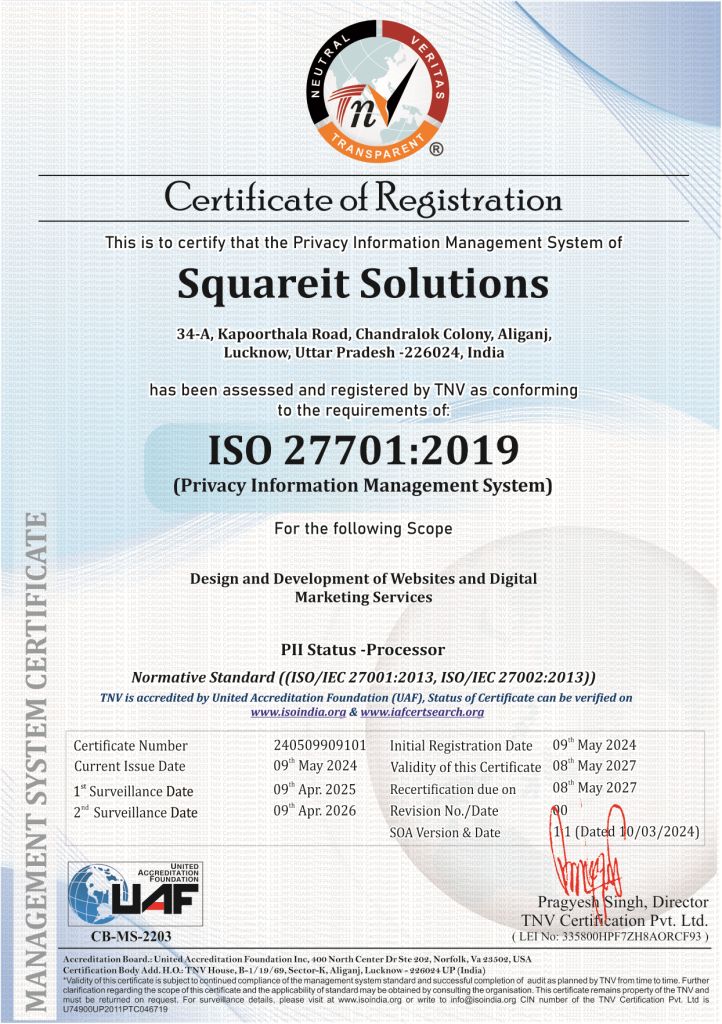In this post, we will explore why CX is spearheading marketing transformation and why and how you should adapt your marketing strategy to the customer experience.
Thanks to the devices the majority of us carry in our pockets,there are more avenues to divert our attention to than ever before, each fighting to be noticed.
For marketers, that’s a challenge: in such a crowded marketplace, where customers want to be in charge of curating their own experiences, how do you stand out?
In this post, we’ll explore why CX is spearheading marketing transformation and why _ and how you should adapt your marketing strategy to the customer experience.
The art of online body language
We all understand what is ‘good’ customer experience, on the surface—something an employee does that exceeds your expectations in terms of satisfaction, efficiency or demands. It could be something as simple as a friendly cashier in a retail store who helps you find what you’re looking for, or someone who proactively points out how you could save money by choosing a certain deal.
In the ‘real world’, these positive customer experiences can come down to a willingness to help, open body language and positive expression. But how can you express that online? (And no, the answer is not ‘emojis’).
CX is how customers perceive their online interactions with your company.The difference being instead of a smile over a cash register, it’s an instant-message customer support chat at the bottom of a webpage, or a direct mention on social media saying, “thanks for stopping by, did you find what you were looking for?”
It’s these kinds of gestures or features that go ‘above and beyond’ our standard customer expectations that form the foundation of CX.
This becomes more difficult as the mediums for customer interaction continue to increase. A customer may have a great experience with you over the phone, but if their friend is getting lost on your website, or having trouble paying a transaction online, then they might have opposing views of your customer experience. The problem is, the latter is more likely to share their interaction with others.







